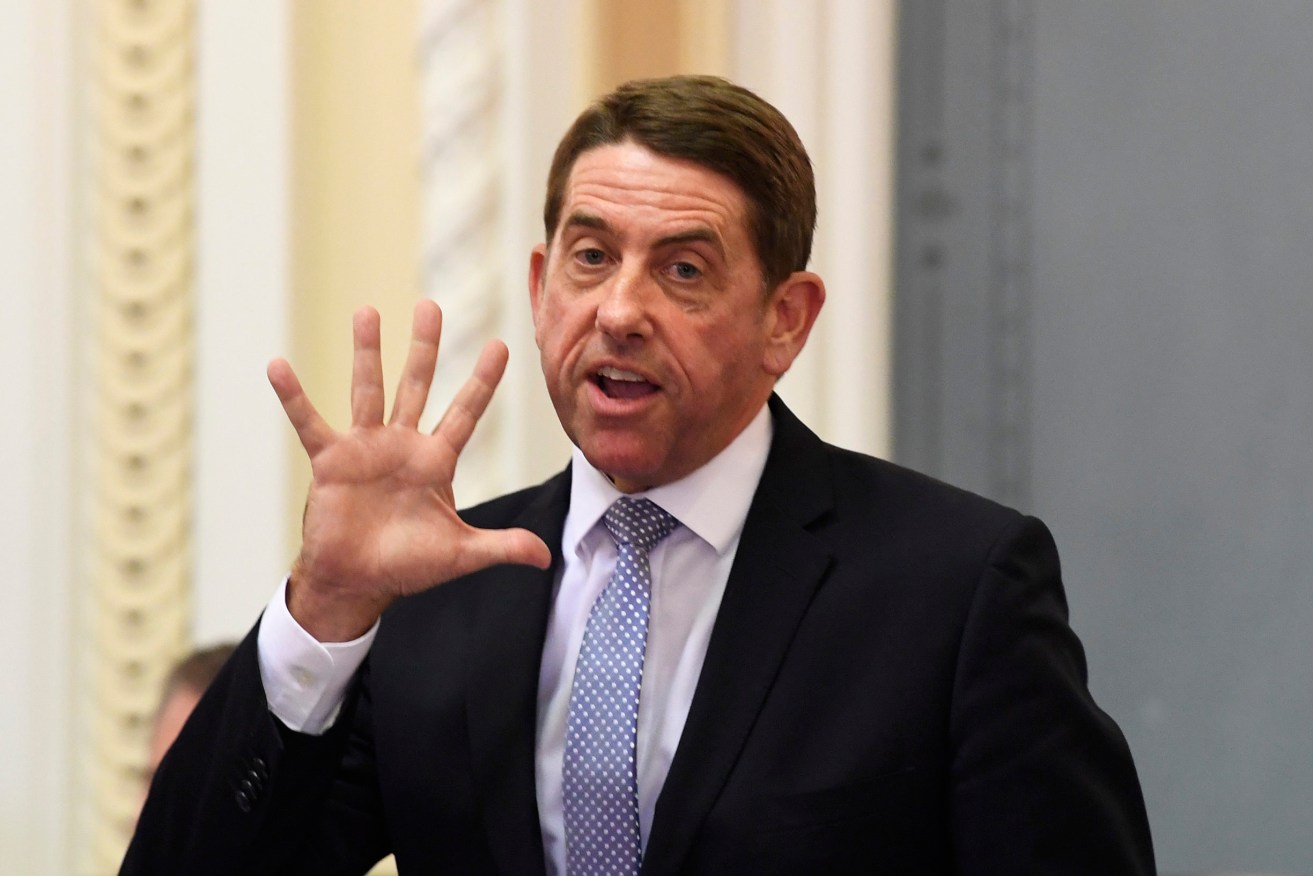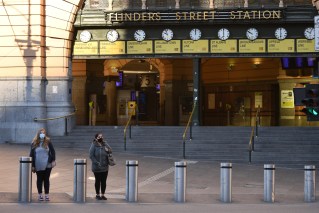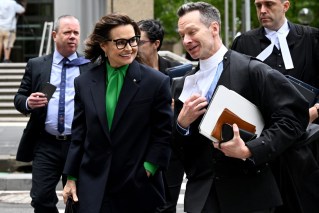Treasurer Dick says he has a plan for the future but is it really just one big gamble?
No one should have to read 900 pages of Queensland Government budget documents, especially if you’re looking for a grand plan. You’ll be disappointed, foggy-brained and possibly a bit scared, writes Robert MacDonald


Queensland Treasurer Cameron Dick faces a handful of problems as the government heads towards its October election date.. (Photo: AAP Image/Dave Hunt)
The scariest thing about last week’s state budget wasn’t the huge jump in debt levels.
Rather, it was the revelation that the State Government doesn’t have a real post-pandemic economic recovery strategy, except to hope that things will return to normal as quickly as possible.
The budget did deliver on the assorted spending initiatives spelt out in Labor’s much-hyped but decidedly lightweight “Queensland’s Economic Recovery Plan”, which wasn’t so much a plan as a 58-page marketing document full of bumf and self-promotion.
So, pre-election promises kept. But that was about it.
No one should have to do what I did over the weekend– plough through the 900-plus pages of Queensland’s 2020-21 budget papers, looking for evidence of a grand plan for the future, possibly buried in the fine print, or so I thought.
I can report there’s not much to be found amid thousands of sentences, written in language veering from unabashed spin to porridgy bureaucratese crafted to tell you not much at all and designed, I suspect, to slowly fog your brain.
But despite the Government’s best efforts to convince you otherwise it’s ultimately quite a depressing read.
And not just because of the huge surge in general government debt – projected to more than double in four years, to $88 billion.
That’s a doubling in borrowings just to keep the business of government going and to fund essential, or in the currently preferred language, “transformative”, infrastructure – the bridges, roads, railway lines, hospitals and schools that are the core business of government.
It’s possible to justify this surge if you accept that these are special times and not the moment for slashing and burning but rather beefing up government spending and keeping the economy pumping until the private sector can recover from COVID-19.
In addition, debt is fine as long as you know you have the money to pay for it, which is the really frightening part of this budget.
Read through the tabled documents and you realise how fragile and unpredictable are the Government’s own revenue sources – a swag of taxes, royalties and duties that go up and down, year by year, depending on the state of the economy.
They account for about half of the state’s total annual income, with the rest coming from the Commonwealth by way of GST and various grants, which themselves also vary from year to year.
The budget calculates Queensland’s own-sourced revenue will fall by about 20 per cent in 2020-21 from pre-COVID-190 estimates – to around $27 billion.
Everything from coal royalties to hospital fees have taken a big hit.
But just as disconcerting, is the Government’s optimistic assumptions about how quickly things will recover, with a predication that state-based revenues will have returned to pre-pandemic levels by 2023-24.
That’s possibly a good call, but I think you should be sceptical when, among other things, you’re counting on the state’s gamblers to get you out of the jam.
The budget is predicting that its gambling taxes and levies will be big performers over the next few years, with a 30 per cent jump in collections, to $1.6 billion, from the pandemic low point.
This is in part because of the reintroduction of various fees and charges suspended during the worst of the lockdown.
But the budget also notes that “gambling tax collections have been above earlier expectations, likely to have been boosted by the substantial income support available in response to COVID-19”.
It also says that “recent collections indicate significant strength in gambling taxes since the re-opening of venues, suggesting a strong rebound in gaming activity.”
Which, if nothing else, reminds us of just how much times have changed. Remember when governments treated gambling as a moral issue?
So much easier, and profitable, for governments to turn the wages of sin into a legitimate revenue stream and to profit from the fact that even during times of a pandemic, gamblers keep gambling.
Treasurer Dick describes this year’s budget as “unashamedly pro-business and pro-growth” and he can point to such programs as the $140 million Big Plans for Small Business Strategy and the tens of millions of dollars of new tourism industry support schemes as evidence.
But what’s missing is any thought at all on how the Queensland economy of the future might look, apart from various commitments to encourage a hydrogen industry, which, admittedly could be promising.
There is, for instance, no talk at all of refining or reviewing Queensland’s own-sourced revenue base by, perhaps, replacing stamp duty with a land tax, an idea recently floated by the NSW Treasury.
Much easier to keep counting on the gamblers to keep gambling, through good times and bad and to ignore the fact that even the best of punters lose from time to time.












